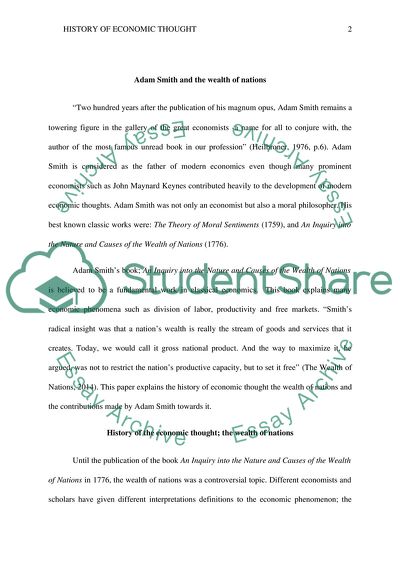Cite this document
(History of Economic Thought Research Paper Example | Topics and Well Written Essays - 1750 words, n.d.)
History of Economic Thought Research Paper Example | Topics and Well Written Essays - 1750 words. https://studentshare.org/macro-microeconomics/1827744-history-of-economic-thought
History of Economic Thought Research Paper Example | Topics and Well Written Essays - 1750 words. https://studentshare.org/macro-microeconomics/1827744-history-of-economic-thought
(History of Economic Thought Research Paper Example | Topics and Well Written Essays - 1750 Words)
History of Economic Thought Research Paper Example | Topics and Well Written Essays - 1750 Words. https://studentshare.org/macro-microeconomics/1827744-history-of-economic-thought.
History of Economic Thought Research Paper Example | Topics and Well Written Essays - 1750 Words. https://studentshare.org/macro-microeconomics/1827744-history-of-economic-thought.
“History of Economic Thought Research Paper Example | Topics and Well Written Essays - 1750 Words”. https://studentshare.org/macro-microeconomics/1827744-history-of-economic-thought.


